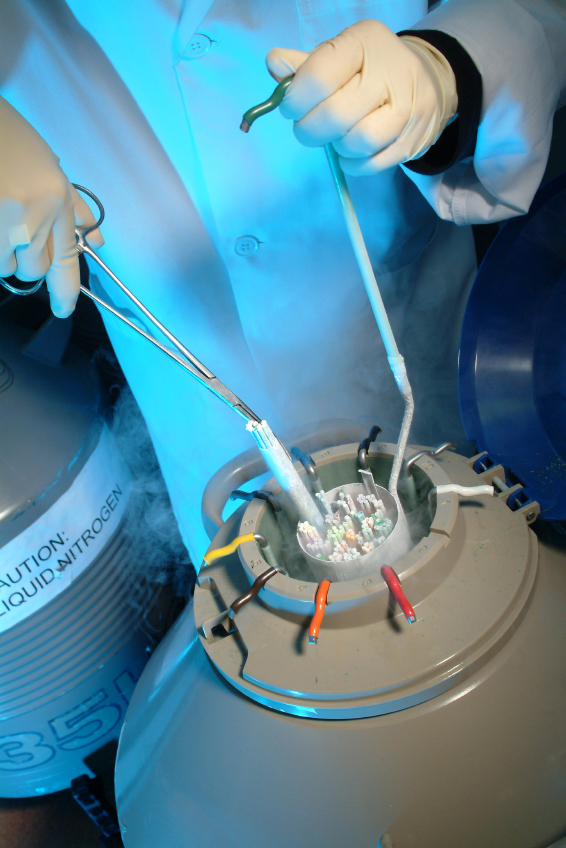More than thirty years after the birth of Louise Brown, the first test-tube baby, studies warn against the risks of in vitro fertilisation (IVF).
Medical risks
The implantation of several embryos generates a high rate of multiple pregnancies with all the risks that they develop as miscarriage, diabetes and heart diseases in mothers; prematurity and long-term health problems in children (obesity, Type 2 diabetes, hypertension, etc.). According to the American Association for the Advancement of Science (AAAS)1, we observe more neural tube defects for pregnancies after in vitro fertilization than for normal pregnancies. A study published in the magazine of the European Society of Human Reproduction and Embryology (ESHRE)2 showed that women resorting to IVF have four times more risks to give birth to a still-born baby. Finally, the risk of extra-uterine pregnancy is higher when using frozen embryos.
Regarding these risks, the Human Fertilization and Embryology Authority (HFEA)3 asked British clinics to implant only one embryo in the maternal uterus. The supernumerary embryos are frozen, a practice which raises serious ethical problems.
Ethics and cryopreservation
Mgr Suaudeau, scientific director of the Pontifical Academy for Life, mentions these ethical problems during an interview granted to Liberté Politique4.
First of all he mentions that an embryo is not conceived to be in a tube at -196°, but has a natural objective to develop according to the directions encoded in its genome. Maintaining the embryos by cryopreservation in a suspended animation state is thus a serious offense to the dignity of these embryos. Moreover freezing and thawing techniques has a significant risk for their integrity and their survival.
Moreover, the chronological phase which exists between the moment of oocyte fecundation and the moment when these embryos are subject to a new procreative project opens the way to all fancy desires: very late pregnancies, after separation of the parents or the death of a spouse. The biological parents to whom the embryos legally belong are not anymore aware to welcome a child, but the conviction to “possess these embryos” and to have on them a right to life and death.
Most of supernumerary embryos are not anymore subject to parental projects. Abandoned, they arouse greed of unscrupulous investigators and may be used as commercial raw material in a lucrative embryo traffic. Thus destroying them would be considered as a lesser evil.
Most of supernumerary embryos are not anymore subject to parental projects. Abandoned, they arouse greed of unscrupulous investigators and may be used as commercial raw material in a lucrative embryo traffic. Thus destroying them would be considered as a lesser evil.
Finally, the vulgarization of the cryopreservation of human embryos generates a lack of conscience of the deep value of these little beings, of their marvel and in particular of the extraordinary epigenetic mechanism of their development.
1- AAAS. 2010 Annual Meeting, Children of Assisted Reproductive Technologies : Their Health and New Genetic Issues, 22/02/10
2- K. Wisborg, H.S. Ingerslev, T.B. Henriksen, IVF and Stillbirth : a prospective follow-up study in Revue de la Société européenne de reproduction et d’embryologie humaines, 23/02/10
3- HFEA, HFEA Statement on Elective Single Embryo Transfer (eSET) guidelines, 03/09/08
4- Mgr Jacques Suaudeau, “La face cachée des fécondations in vitro” in Liberté Politique, 19/02/10

